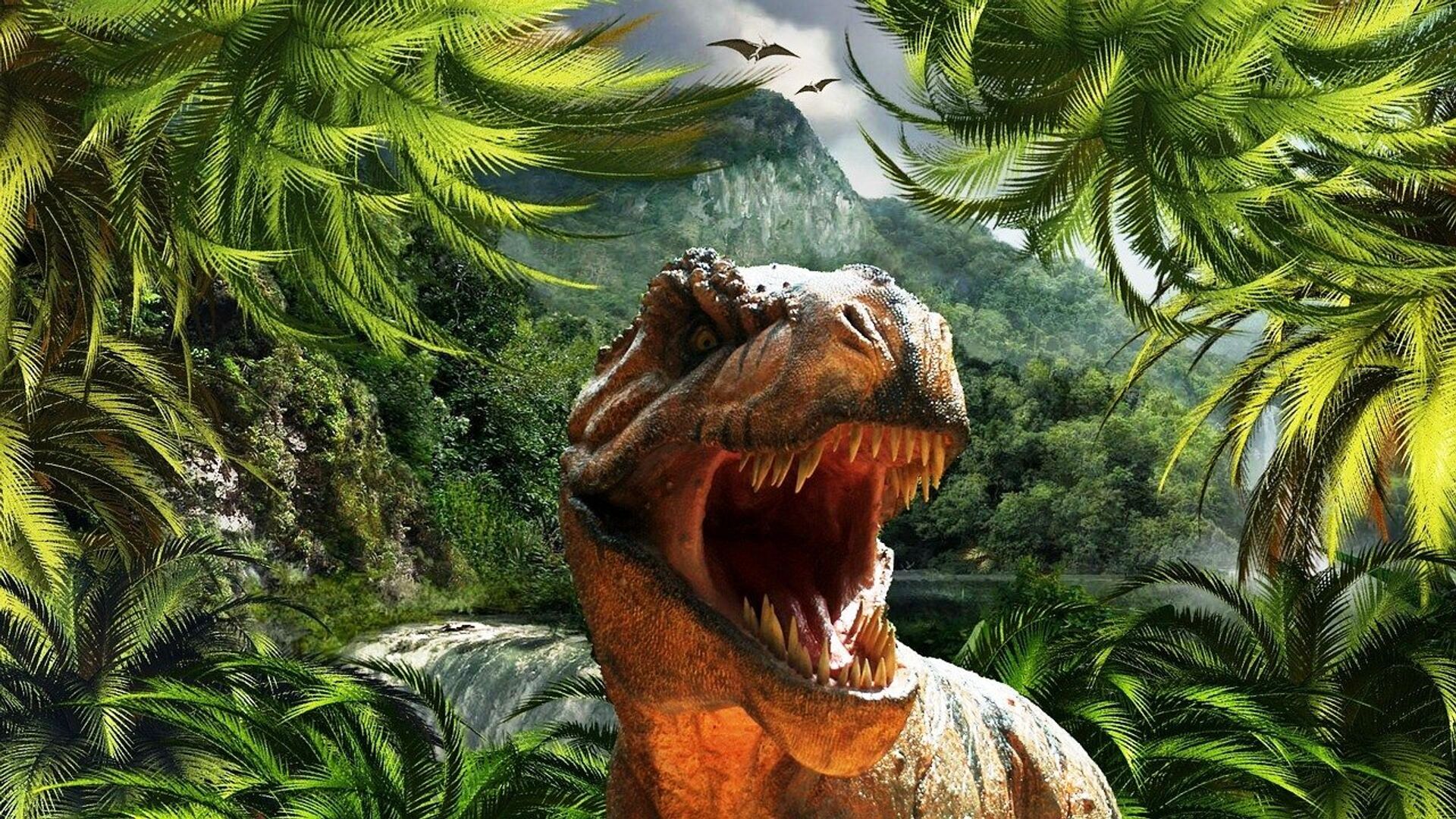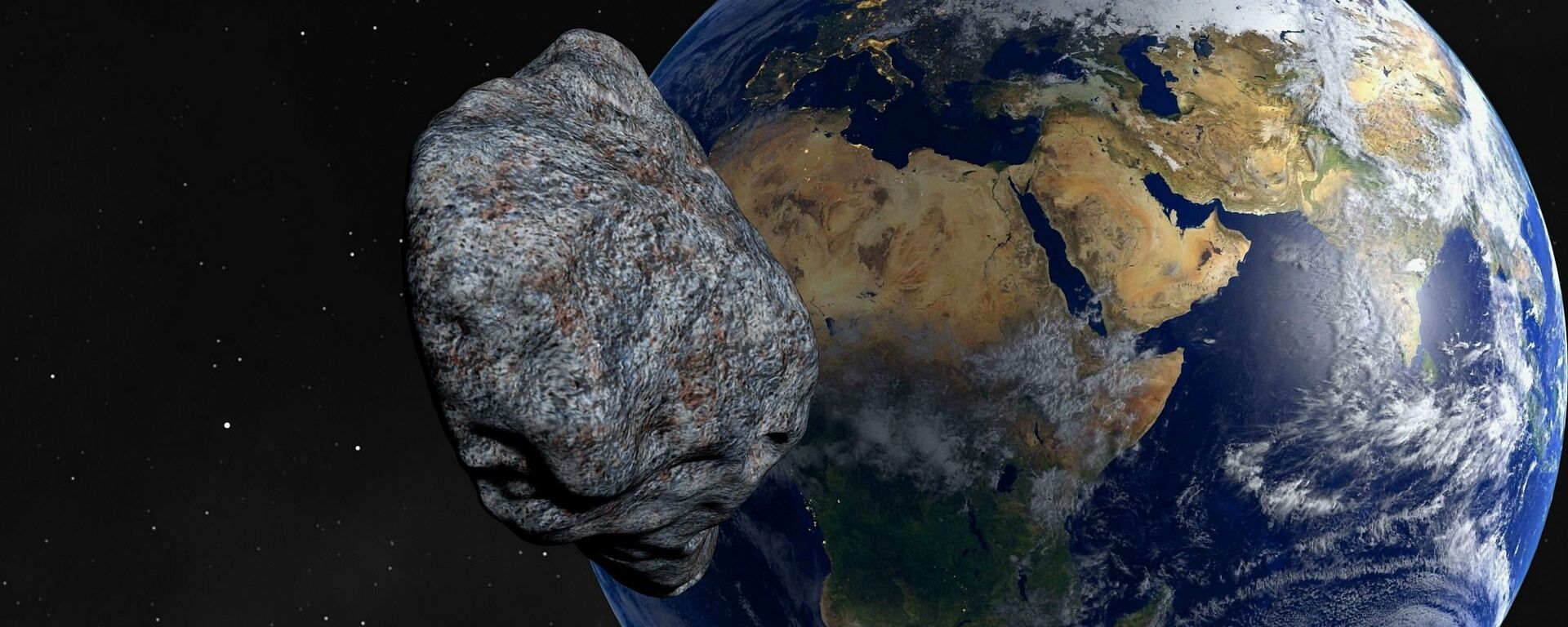An international group of researchers working jointly on a study of material from the Yucatán Peninsula's famous Chicxulub impact crater has pieced together the chemical composition of meteoritic dust with that of the geological belt pertaining to the dinosaur extinction.
There appear to be clear signs that the thin layer of dust left over on Earth's crust 66 million years ago originated from an impact event at this very spot.
"We are now at the level of coincidence that geologically doesn't happen without causation", says geoscientist Sean Gulick from the University of Texas.
Joining efforts with fellow geoscientist Joanna Morgan from Imperial College London, Gulick led an expedition in 2016 to retrieve samples of shattered rock lumps from over half a kilometre into the crater's peak circle.
Measurements conducted by four different labs have hinted at a curious timeline which suggests an abrupt drop in dinosaur populations over a very short time, thought to be just a decade or two.
"If you're actually going to put a clock on extinction 66 million years ago, you could easily make an argument that it all happened within a couple of decades, which is basically how long it takes for everything to starve to death," remarked Gulick.
In 1980, American physicist Luis Alvarez and his son, geologist Walter Alvarez, published a study on the thin layer of sediment dividing the dinosaur-populated Cretaceous period from the post-dinosaur world of the Palaeogene. The site of that colossal collision is the focus of ongoing research that now clearly connects the 180- to 200-kilometre-wide scar at the southern edge of the Gulf of Mexico to the killer asteroid.
Evidence in support of the asteroid impact has since solidified, with models suggesting that the angle, as well as the location of the Chicxulub impact, played key roles in the scale of the extinction event.
It is now clearly understood that the 12-kilometre-wide rock that struck off the coast of today’s Mexico 66 million years ago enveloped the earth with atmospheric dust and killed off countless dinosaurs and other lifeforms.
"The circle is now finally complete," suggested study leader Steven Goderis, a geochemist from the Vrije Universiteit Brussel in Belgium.


